We used to believe…
Medical practices and procedures don't become 'mainstream' purely due to scientific breakthroughs being paired up with clever marketing and powerful commercial interests (although these may well play a role). There’s another, less visible factor at work which has to do with the prevailing medical model that largely determines whether a certain type of treatment ‘catches on’ or it doesn’t.
A model of this kind is not truth, although it will often appear to be. It really only consists of a number of ideas, assumptions and beliefs that express our current collective level of understanding (or lack thereof) regarding health and disease. Only those treatments and procedures that are consistent with what we collectively agree upon at the time will gain acceptance, and everything else will either be ignored or dismissed as ‘unscientific quackery’ or worse.
As our understanding evolves, some of the flaws and falsities contained in the prevailing model eventually get exposed and a ‘revised edition’ begins to take shape in our collective consciousness. Treatments that were once hailed as miracle cures are quietly consigned to the history books as the evidence against their safety and effectiveness mounts up. Meanwhile, the next new ‘breakthrough’ that will replace them is already being promoted in the media.
My homeopathic mentor Robert Davidson used to describe the furtive way in which the western medical model gets updated as follows. Mimicking some great scientist announcing the latest breakthrough, he would declare in a booming voice ‘We USED TO believe……….. however, we NOW KNOW’……. And thus the cycle of spurious assumption masquerading as truth continues, without anybody admitting or even noticing that the earlier ‘truth’ has just been replaced by a new, modified version.
As someone who is deeply concerned about the recklessness of the state-sponsored global medical experiment that is currently taking place, I thank my lucky stars that I was gifted with an alternative perspective on health and disease at an early age. As my inherited collective assumptions were dismantled and upgraded, I was able to ground myself in a holistic health paradigm that has served me well for the past four decades and continues to do so today.
A holistic view of health doesn’t preclude the judicious use of modern medical interventions. What it does provide, however, is a safer and more trustworthy set of assumptions within which any and all forms of treatment can be reasonably considered and assessed. When we proceed from a holistic understanding, it becomes immediately clear and obvious whether our interventions are likely to be helpful or not. It also alerts our senses to the ever-present possibility that we might unwittingly be doing more harm than good. (Spoiler alert: right now, we are).
To think holistically is to start from first principles, which means to learn how to live in harmony with the laws of nature first and foremost. We orient ourselves towards creating and maintaining health rather than avoiding or getting rid of disease. If, and only if, treatment becomes necessary, then AT LEAST DO NO HARM is the guiding maxim. Treat the individual, not the disease. Consider the whole, not just the part. Be mindful of ALL the consequences of your interventions, especially the unintended ones. And remember: it is only and always nature that heals, never the practitioner or the treatment.

